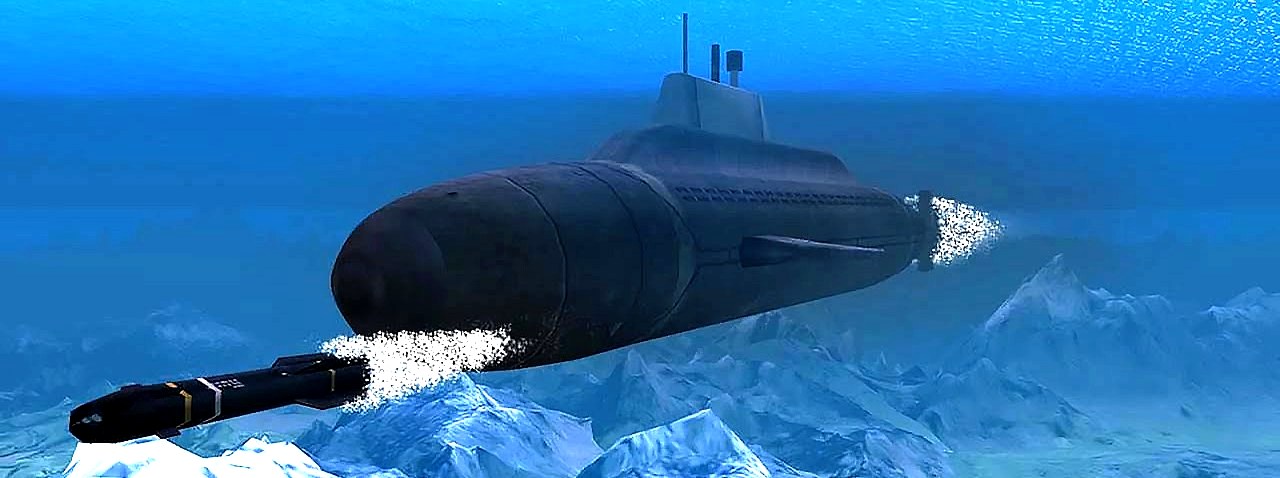Accordingly, to Global Market Insights research report In terms of the regional landscape, North America submarine combat system Market is projected to grow at 7% during the forecast timeframe. Majority of this growth can be associated with the presence of established defense manufacturers and industry players in the region. The region is anticipated to invest significantly in defense equipment to expand its range of weapon systems and acquire advanced technologies such as electronic warfare systems.
Modernization and replacement of existing submarine and naval fleets has been a key area of focus for government and defense organizations. In addition, growing deployment of next-generation submarine combat systems integrated with advanced navigation and surveillance systems will further bolster the industry outlook. Global Market Insights, Inc., estimates that global submarine combat systems market size will reach US$8 billion in valuation by 2026.
Request for a sample of this research report @ https://www.gminsights.com/request-sample/detail/3054
Torpedoes combat system industry will record a CAGR of 7% through 2026. Government and defense organizations worldwide have invested substantially in the procurement of advanced submarine combat systems over the past few years. Ongoing political insurgences between the U.S., China, Russia, India, Iran, and Saudi Arabia will boost the demand for advanced weapon systems, including torpedoes, to reinforce national security.
Companies operating in submarine combat system industry are constantly making research and development efforts to develop novel technologies. These industry participants also seek long-term collaboration opportunities with different government and defense organizations. In the defense sector, transaction usually happen through long-term contracts and agreements. Majority of these agreements are multi-year supply contracts that involve government and political parties. Geopolitical developments across major countries involved in defense contracts and partnerships will influence future combat system trends.
Companies operating in submarine combat system industry are constantly making research and development efforts to develop novel technologies. These industry participants also seek long-term collaboration opportunities with different government and defense organizations. In the defense sector, transaction usually happen through long-term contracts and agreements. Majority of these agreements are multi-year supply contracts that involve government and political parties. Geopolitical developments across major countries involved in defense contracts and partnerships will influence future combat system trends.
Top key Player in submarine combat system Market Lockheed Martin Corporation, Atlas Elektronik GmbH, Thales Group, Saab AB, Raytheon Company, BAE Systems Plc, Kongsberg, Naval Group, Leonardo S.p.A, HAVELSAN Inc., Safran, General Dynamics, Thyssenkrupp Marine Systems
Make an inquiry for purchasing this report @ https://www.gminsights.com/inquiry-before-buying/3054
Table of Content (ToC)
Chapter 1. Methodology & Scope
1.1. Methodology
1.1.1. Initial data exploration
1.1.2. Statistical model and forecast
1.1.3. Industry insights and validation
1.1.4. Scope
1.1.5. Definitions
1.1.6. Methodology & forecast parameters
1.2. Data Sources
1.2.1. Secondary
1.2.2. Primary
Chapter 2. Executive Summary
2.1. Submarine combat system industry 360º synopsis, 2015 – 2026
2.1.1. Business trends
2.1.2. Regional trends
2.1.3. Submarine type trends
2.1.4. Weapon system trends
Chapter 3. Submarine Combat System Industry Insights
3.1. Introduction
3.2. Industry segmentation
3.3. Industry landscape, 2015 – 2026
3.4. Market evolution
3.5. Industry ecosystem analysis
3.6. Technology & innovation landscape
3.6.1. Anti-Torpedo countermeasure
3.6.2. Supercavitation technology
3.7. Regulatory landscape
3.8. Industry impact forces
3.8.1. Growth drivers
3.8.1.1. Increasing threats to national security supporting the market growth
3.8.1.2. Increasing acquisition of submarines
3.8.1.3. Rising investment in defense sector
3.8.1.4. Upgradation of advanced weapon system
3.8.2. Industry pitfalls & challenges
3.8.2.1. High cost associated with acquisition and upgradation of submarine combat systems
3.8.2.2. Stringent government regulations limiting technology adoption
3.9. Growth potential analysis, 2019
3.10. Porter’s analysis
3.11. PESTEL analysis
About Global Market Insights
Global Market Insights, Inc., headquartered in Delaware, U.S., is a global Market research and consulting service provider; offering syndicated and custom research reports along with growth consulting services. Our business intelligence and industry research reports offer clients with penetrative insights and actionable Market data specially designed and presented to aid strategic decision making. These exhaustive reports are designed via a proprietary research methodology and are available for key industries such as chemicals, advanced materials, technology, renewable energy and biotechnology.
Contact Us:
Arun Hegde
Corporate Sales, USA
Global Market Insights, Inc.
Phone: 1-302-846-7766
Toll Free: 1-888-689-0688
Email: sales@gminsights.com


 Log in with Facebook
Log in with Facebook 








